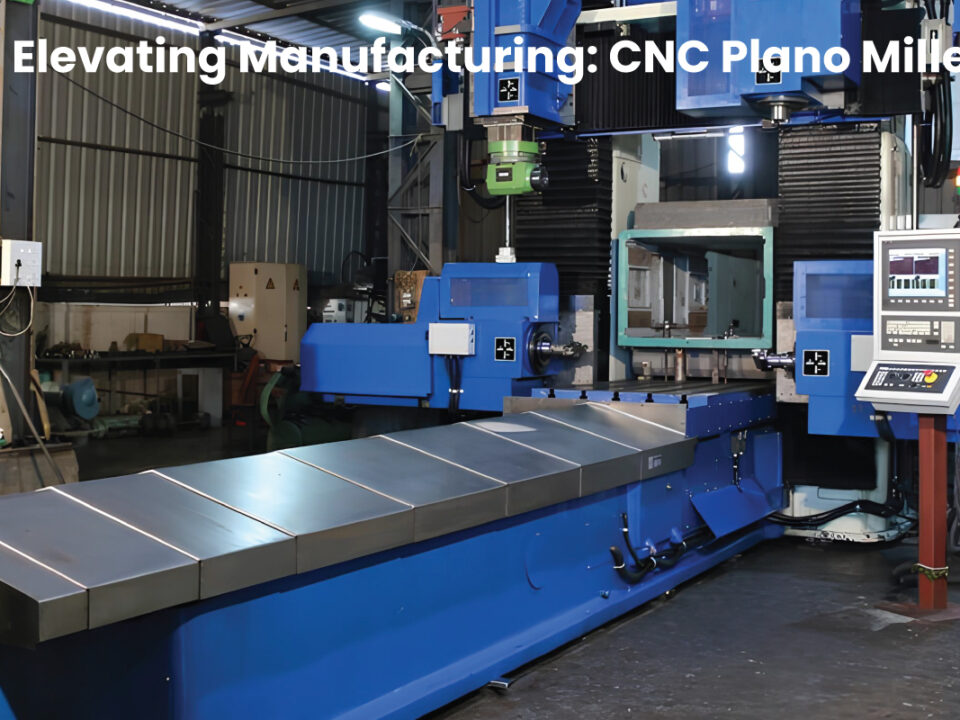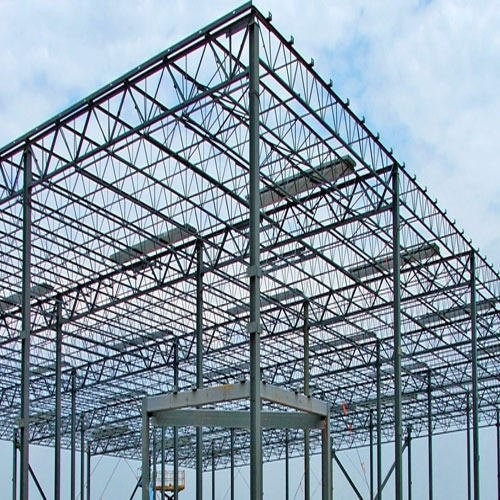Why India Is The Manufacturing Hub Of Engineering Sector??
India has rapidly grown into a global manufacturing and engineering hub in recent decades. The country’s manufacturing sector has moved beyond traditional industries like textiles and entered high-technology areas like aerospace, automotive, electronics and medical devices.
Many factors have propelled the rise of India as a preferred manufacturing destination for global engineering firms. Its vast pool of skilled engineers provides cost-efficient R&D and engineering services. The large and expanding domestic market fuels demand and enables companies to reap economies of scale. Government initiatives provide an investor-friendly ecosystem with financial incentives. Furthermore, India’s strategic location and competitive costs make it an ideal export base to service global markets.
1. Skilled Workforce:
At the core of India’s dominance in engineering manufacturing is its vast pool of skilled engineers and technicians. The country’s emphasis on technical education has resulted in a workforce adept at handling complex engineering processes. This pool of talent, combined with a strong work ethic, positions India as an attractive destination for companies seeking skilled manpower for their engineering operations.
2. Innovation and Research & Development (R&D):
India’s engineering sector has seen a surge in innovation and research and development activities. With a growing number of engineering institutions and research centers, the country has become a hotbed for technological advancements. This commitment to R&D not only enhances the capabilities of Indian engineers but also attracts global companies looking for cutting-edge solutions and innovations in the engineering sector.
3. Government Initiatives and Policies:
Government initiatives such as “Make in India” and policy reforms tailored to the engineering sector have played a pivotal role in India’s manufacturing success. These initiatives aim to create a conducive environment for both domestic and international companies to invest in and expand their engineering manufacturing operations. Incentives and ease-of-doing-business measures further sweeten the deal for businesses in the engineering domain.
4. Infrastructure Development:
A robust infrastructure is crucial for the engineering sector, and India has been actively investing in this aspect. The development of industrial corridors, specialized engineering zones, and state-of-the-art manufacturing facilities has bolstered the country’s capacity to handle intricate engineering processes. This, coupled with improved logistics and connectivity, facilitates the smooth flow of goods within the engineering supply chain.
5. Agility and Innovation:
India’s manufacturing hub thrives on the agility and innovation demonstrated by companies operating within it. The ability to quickly adapt to changing market dynamics and embrace emerging technologies ensures that Indian manufacturers remain competitive on the global stage. Rajog Enterprises exemplifies this spirit, constantly evolving to meet the dynamic demands of the engineering sector.
6. Global Collaborations:
India’s engineering sector has thrived on collaborations with global players. Joint ventures and partnerships with international companies bring in expertise, technology, and best practices, contributing to the growth and efficiency of the Indian engineering manufacturing landscape. These collaborations also foster knowledge exchange, helping Indian companies stay abreast of global engineering trends.
7. Cost-Effective Manufacturing:
Cost competitiveness has been a hallmark of India’s manufacturing success in the engineering sector. The lower cost of labour, coupled with cost-effective operational overheads, makes India an attractive destination for companies looking to optimize production costs without compromising on quality. This cost advantage has propelled India to the forefront of global engineering manufacturing.
8. Adoption of Advanced Technologies:
India’s engineering sector has embraced advanced technologies such as automation, artificial intelligence, and digital manufacturing. The integration of these technologies into the manufacturing processes enhances efficiency, reduces production times, and ensures a high level of precision. This technological adoption is a key factor in India’s ability to meet the evolving demands of the global engineering market.
Conclusion :
India’s role as a hub for the engineering sector is undeniably prominent. The convergence of skilled workforce, cost-effectiveness, technological prowess, industry diversity, government support, and a commitment to quality sets the stage for a flourishing manufacturing ecosystem. As companies like Rajog Enterprises continue to showcase the nation’s capabilities, India’s manufacturing renaissance is destined to shape the future of the global engineering landscape.





